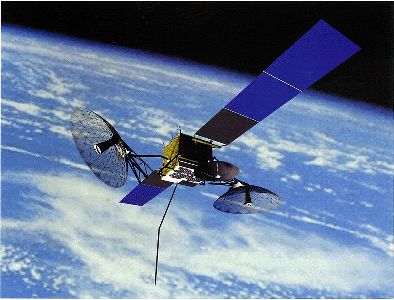Most people know what Origami is. In case you don’t, the goal of Origami is to transform a flat square sheet of paper into a finished sculpture through folding and sculpting techniques. Modern origami practitioners generally discourage the use of cuts, glue, or markings on the paper. So, you ask, how could Origami possibly be related to anything of interest to rocket scientists? As you will see, there most certainly is a connection between Origami and Antenna technology.
CubeSat is a miniaturized satellite, or nanosatellite, intended for space research. Due to their small size, large numbers of CubeSats generally perform their unique tasks by working together in large constellations. To date, there are about 1500 CubeSat satellites in orbit.
Although technology advances have allowed satellites to be effectively miniaturized, the antenna associated with each CubeSat can not be miniaturized; the laws of physics simply do not permit the antenna to be any smaller than it is. And, since the antenna must remain large, it would not fit in the small area inside the miniature satellite. Since the antenna is necessary to allow the satellite to communicate with other satellites, and with earth stations, there needed to be a way to get the large antenna into the small satellite.
As explained here, Dr. Kim and his colleagues at Pusan National University and the University of Alabama, USA, developed a new deployable antenna for CubeSats. Inspired by the mathematics which are the root of Origami, the team designed an antenna which could be folded and stored inside the Cubesat. Once in orbit, the antenna would be deployed, and unfolded to its full and functional size. This new advance in Antenna design now allows nanosatellites to be part of our satellite fleet.
So, although many may have thought that antenna design could not be pushed any further, Dr. Kim proved them wrong. What other previously unimagined advances in antenna technology are yet to be imagined?
To learn more about Antennas, consider taking the upcoming ATI course entitled Antenna and Array Fundamentals. You can learn more about this offering, and register, here.
Lastly, as always, a full listing of ATI’s courses can be found here.
